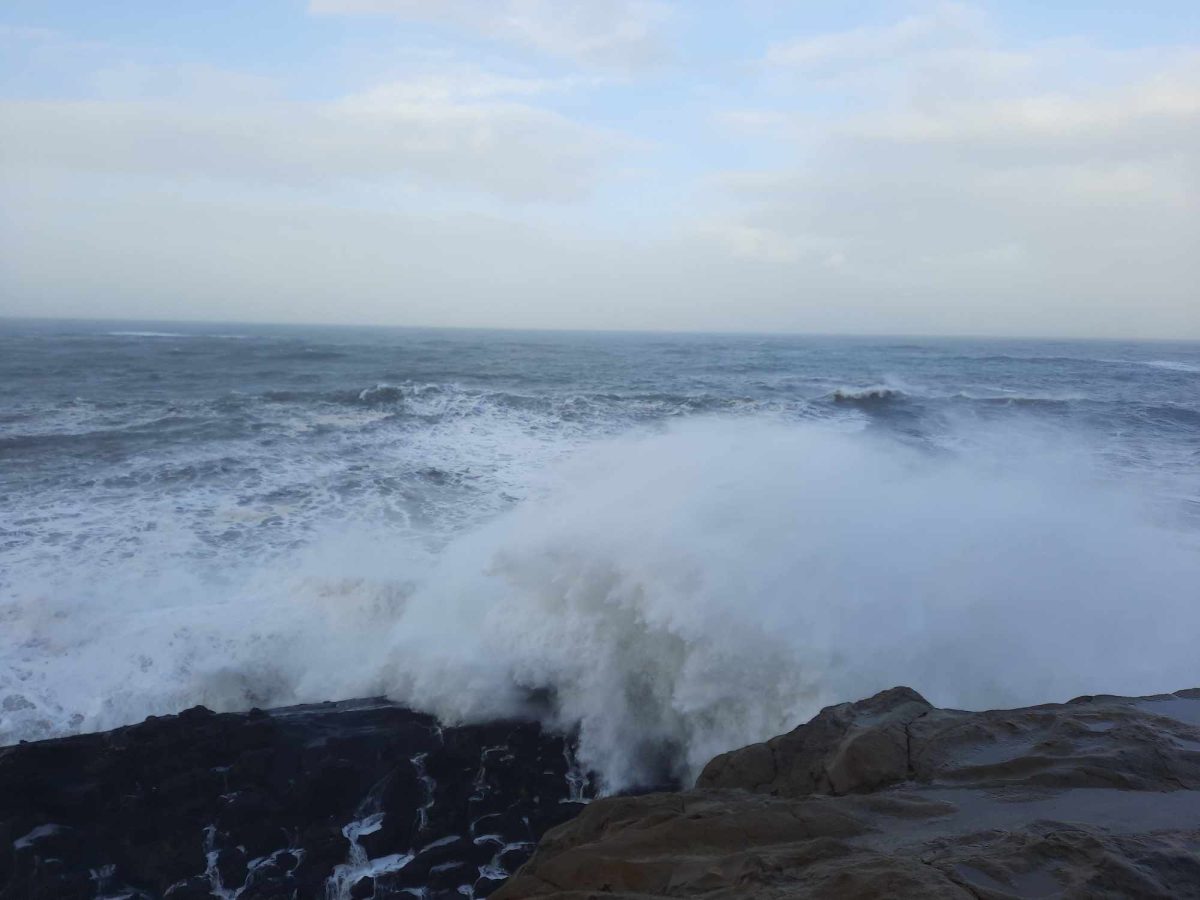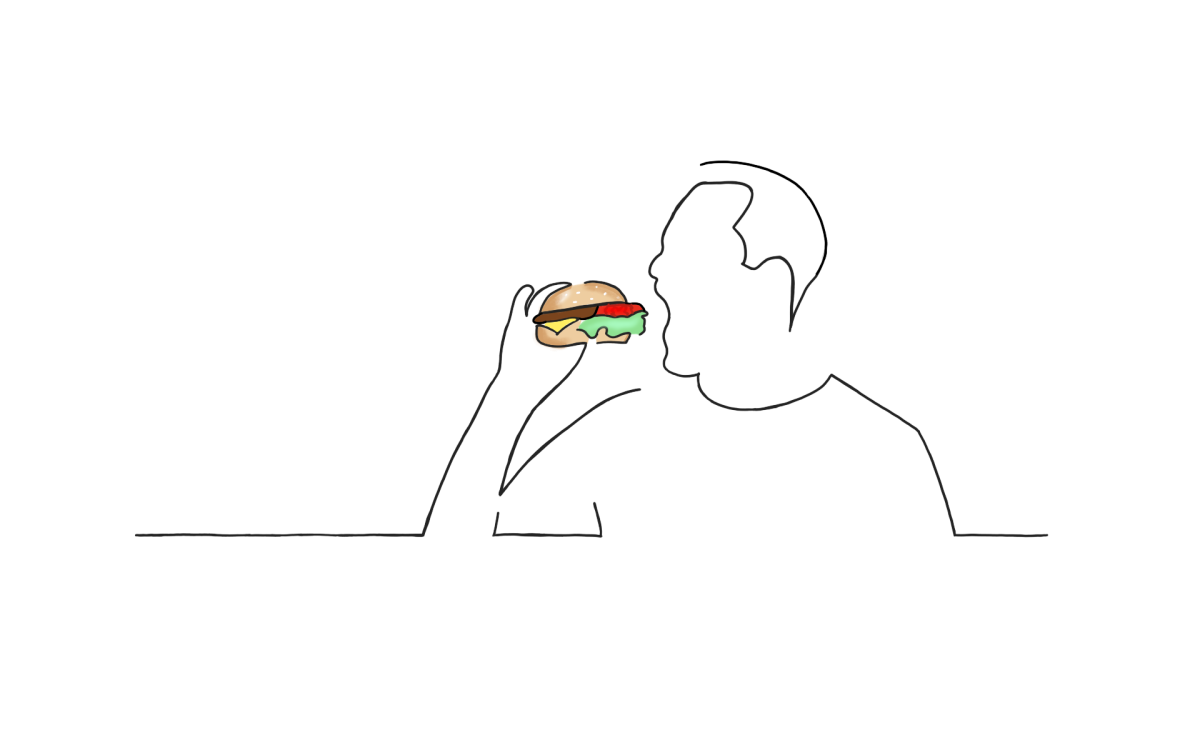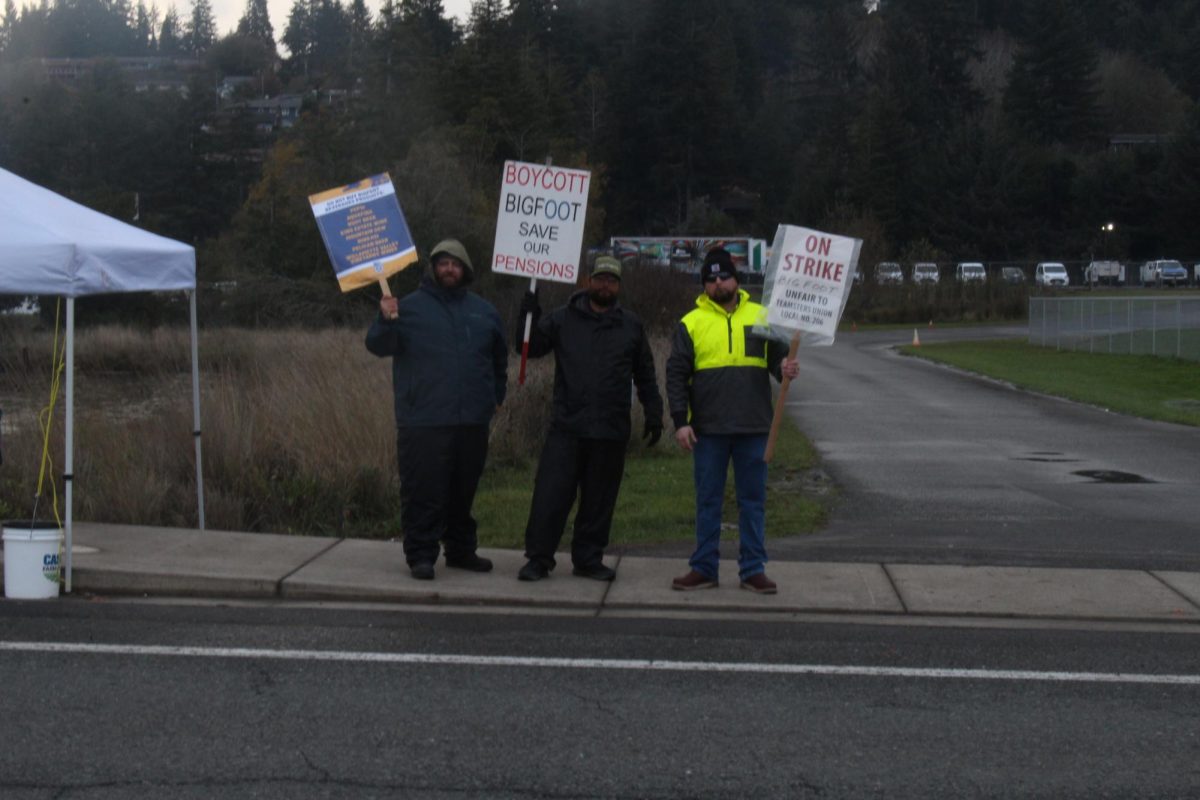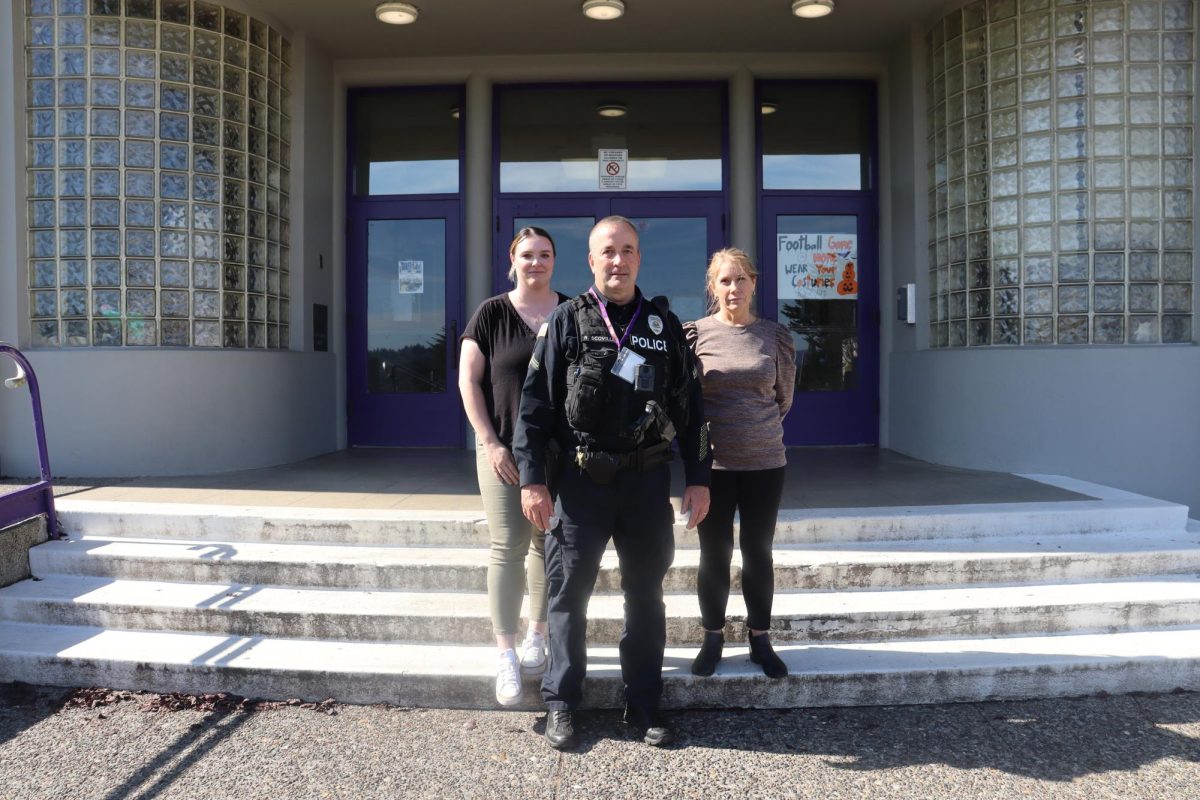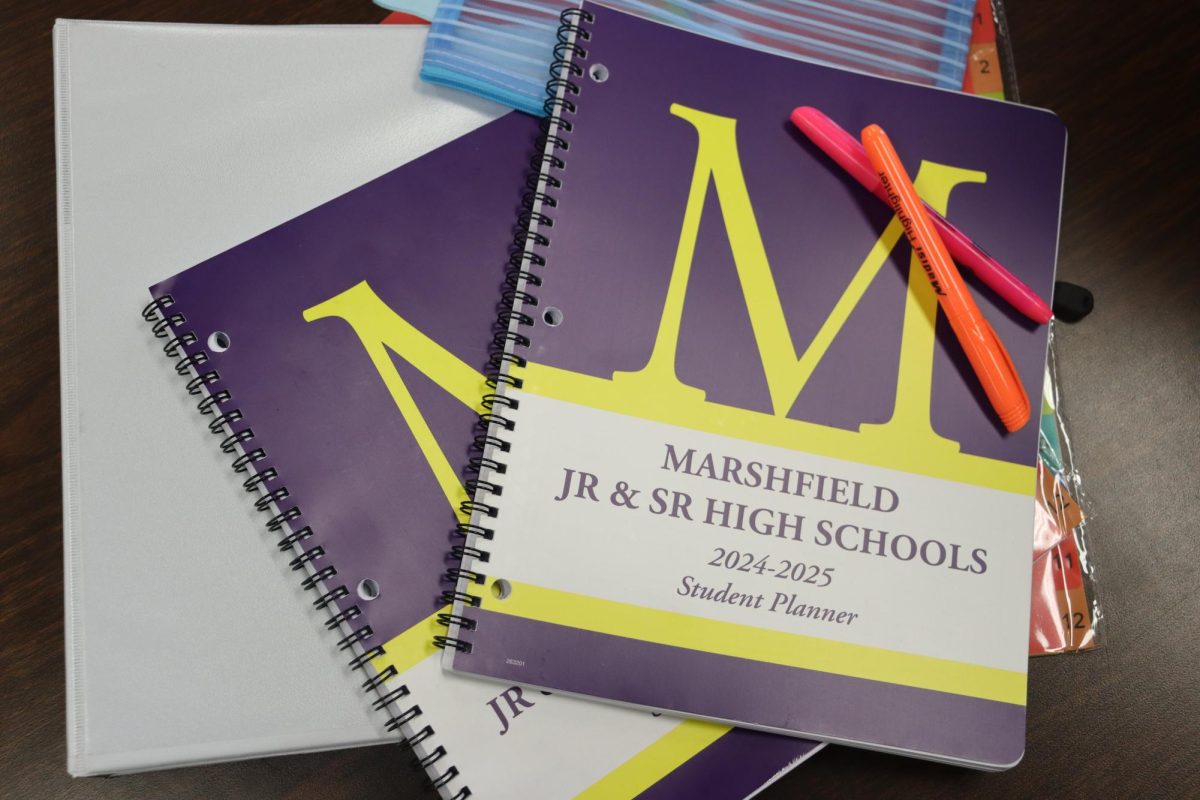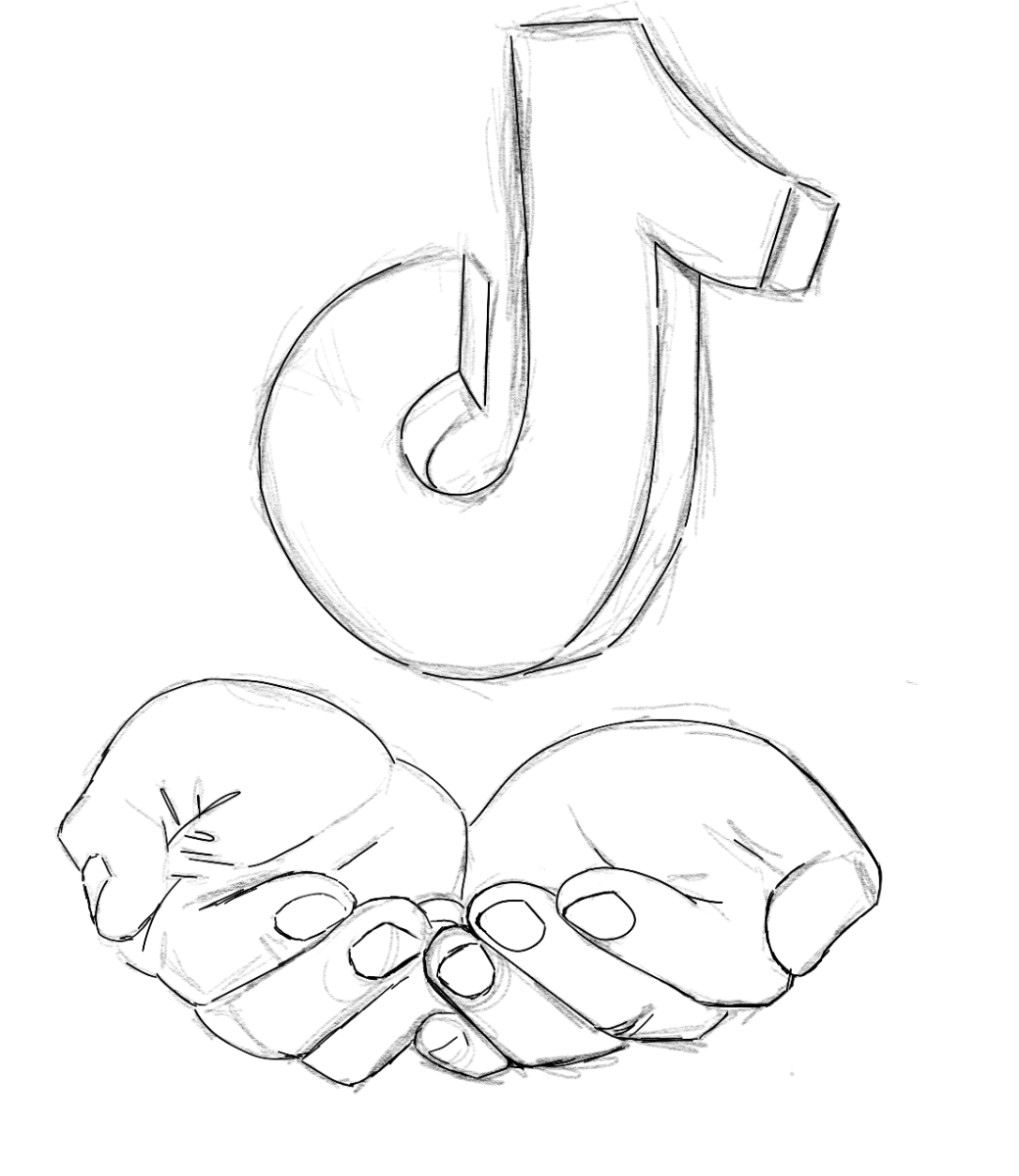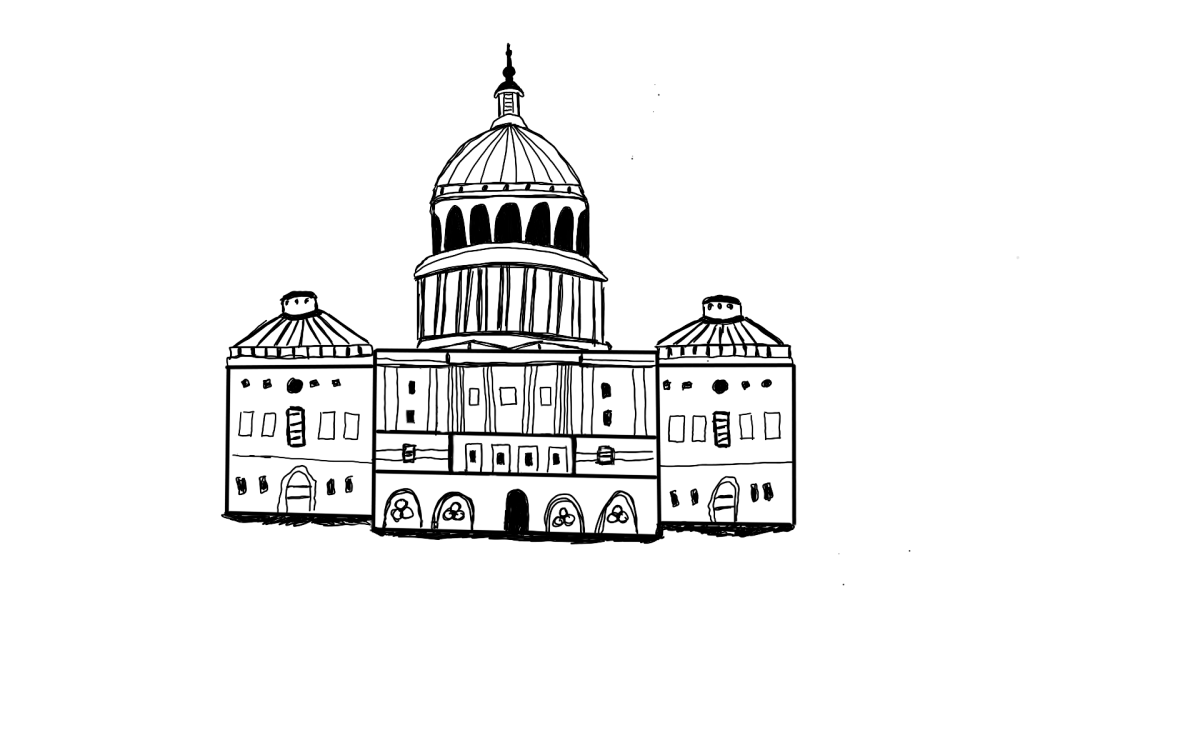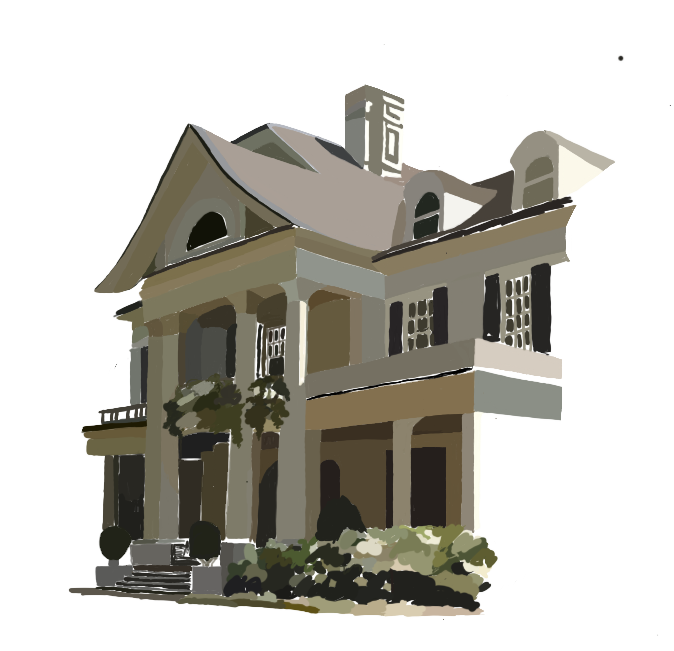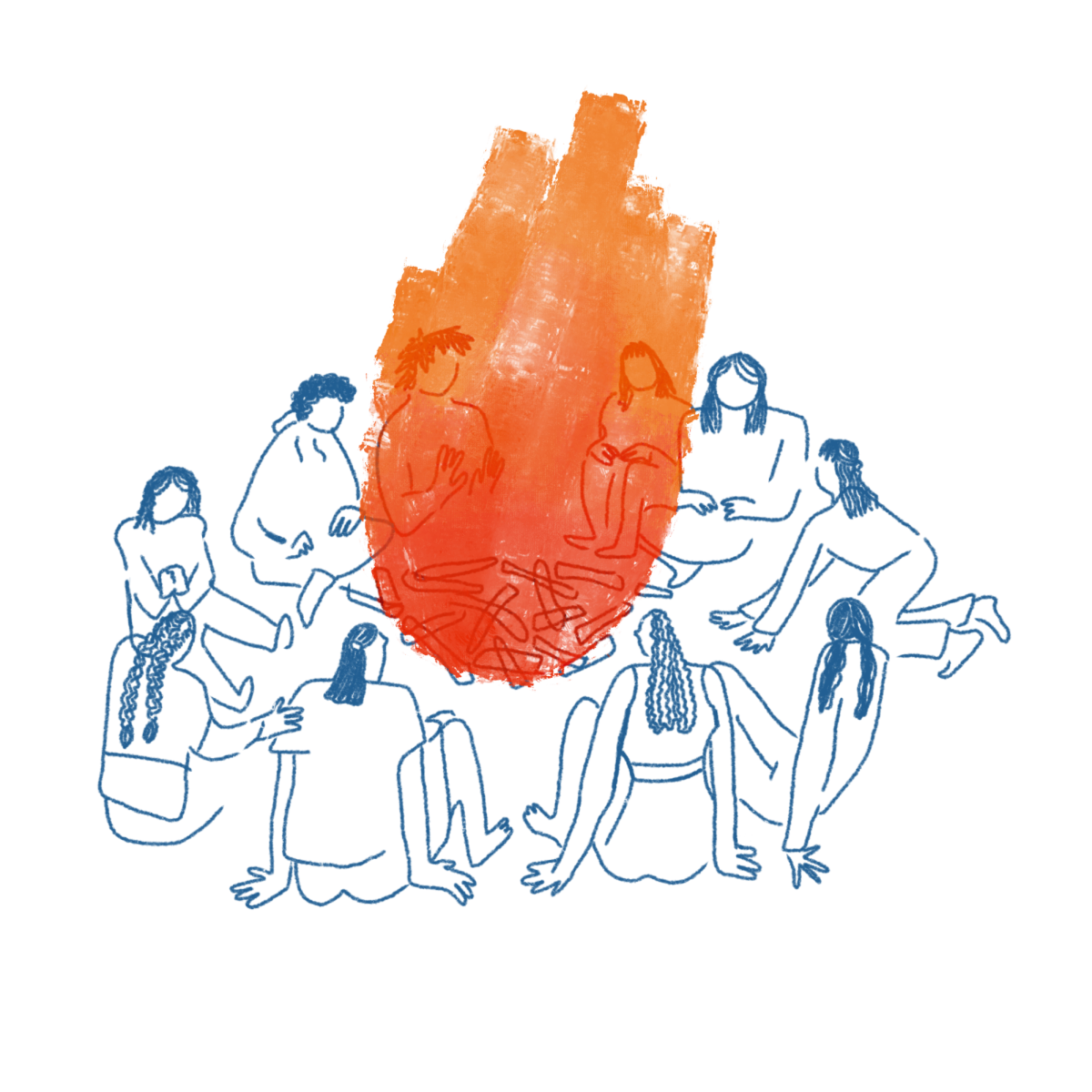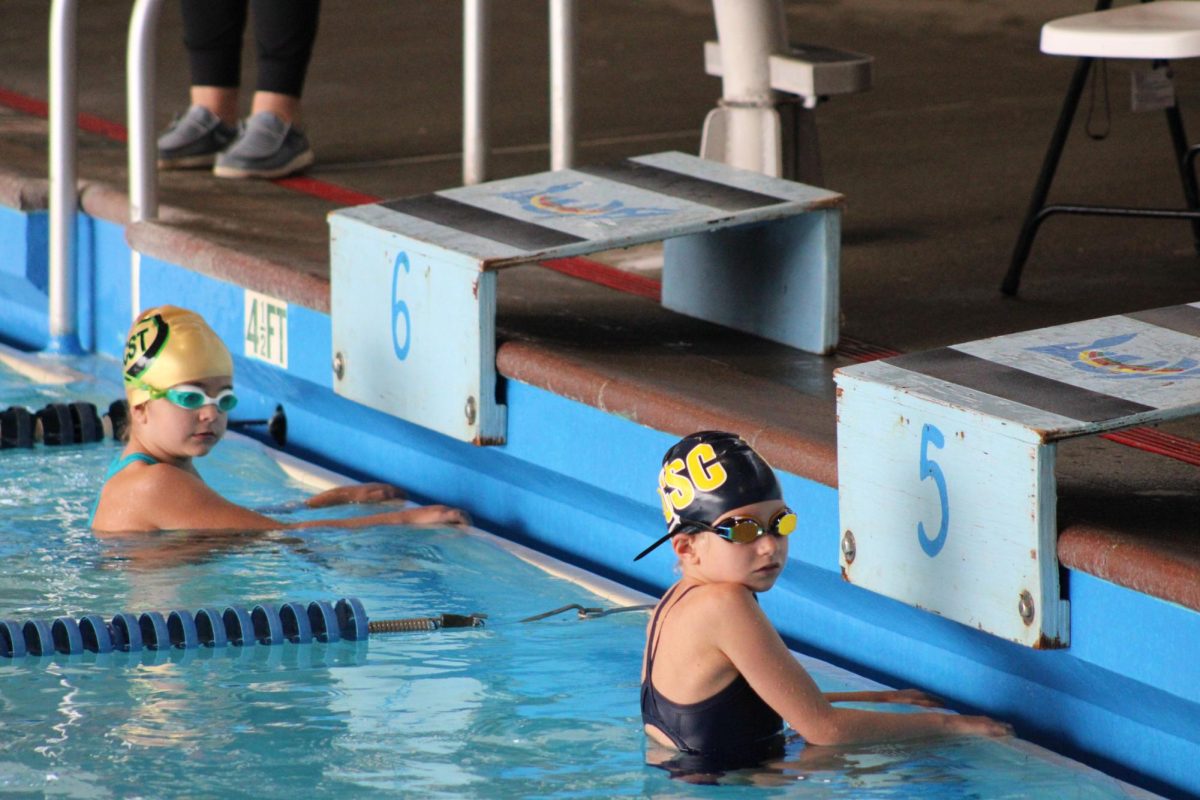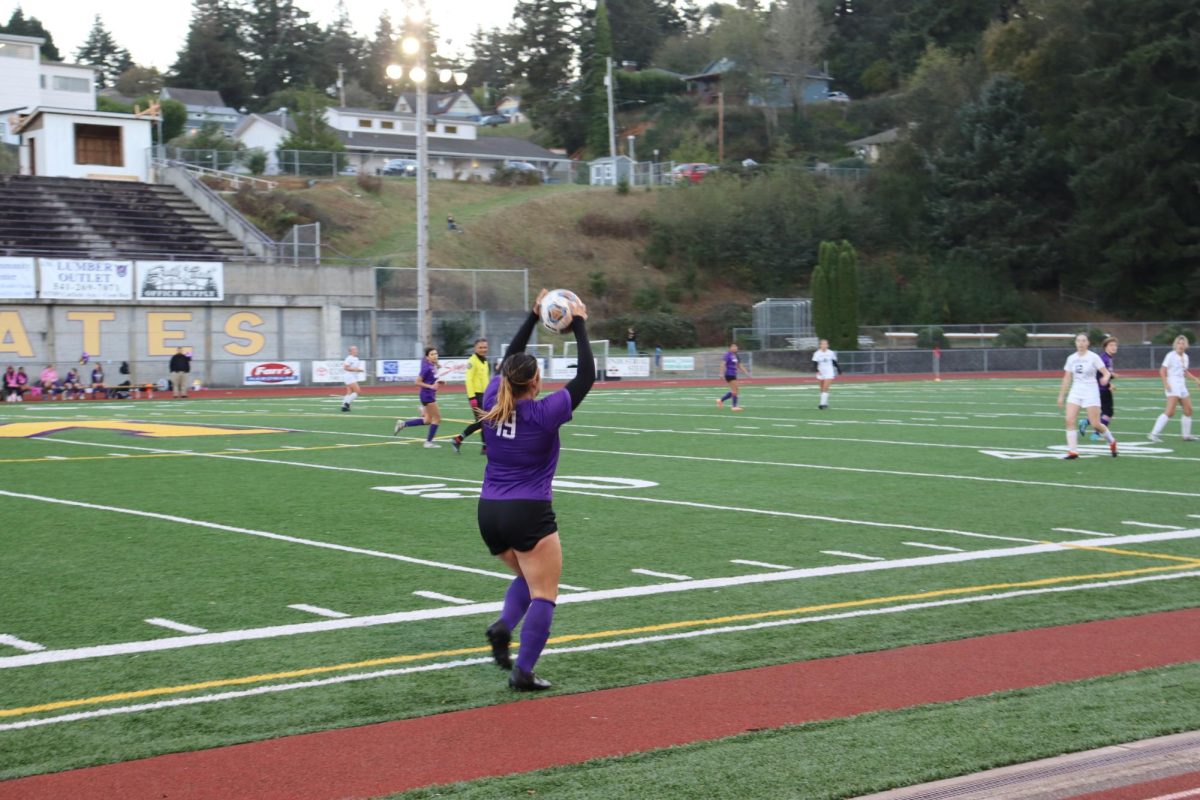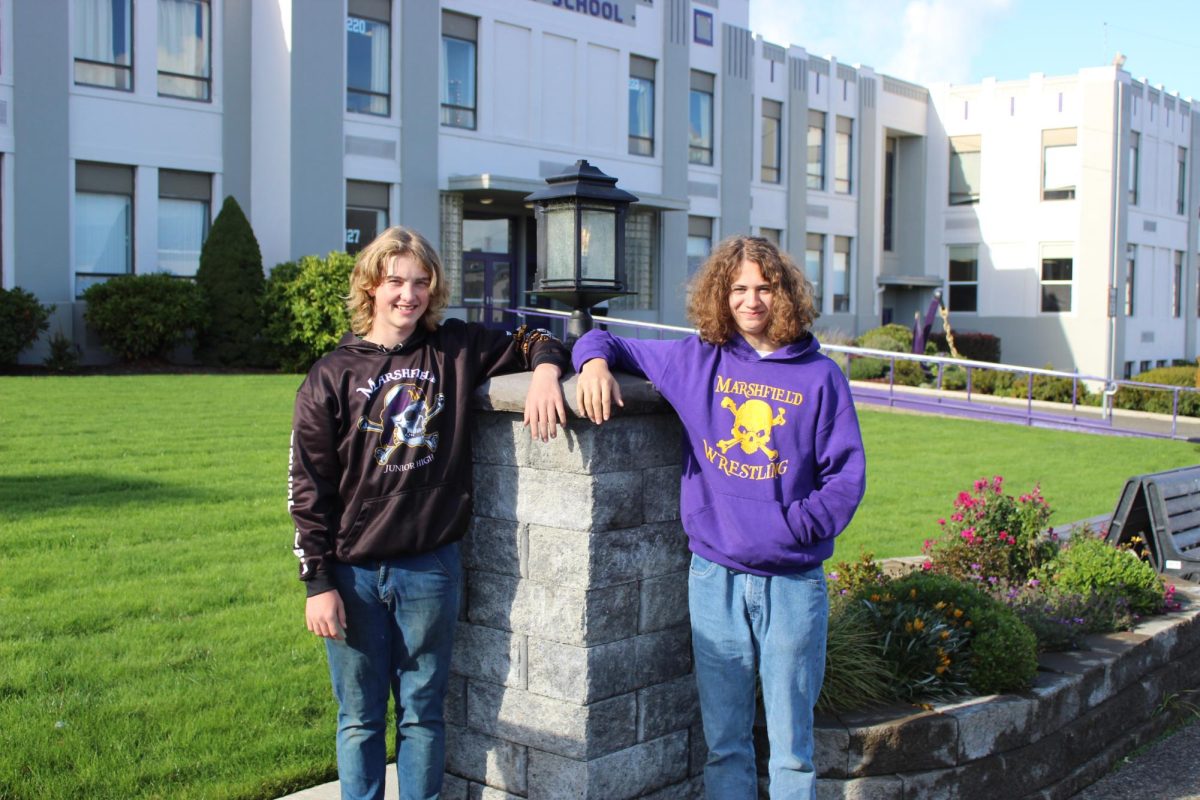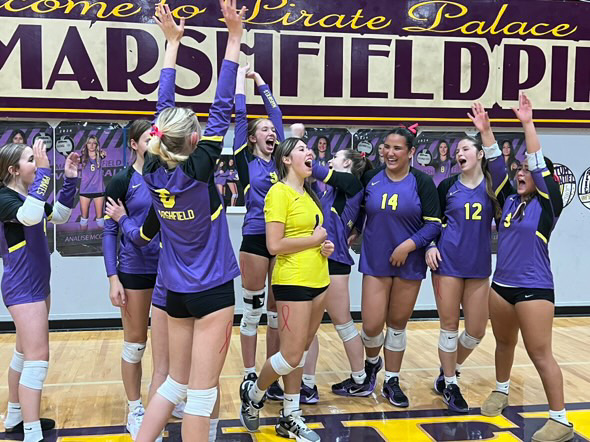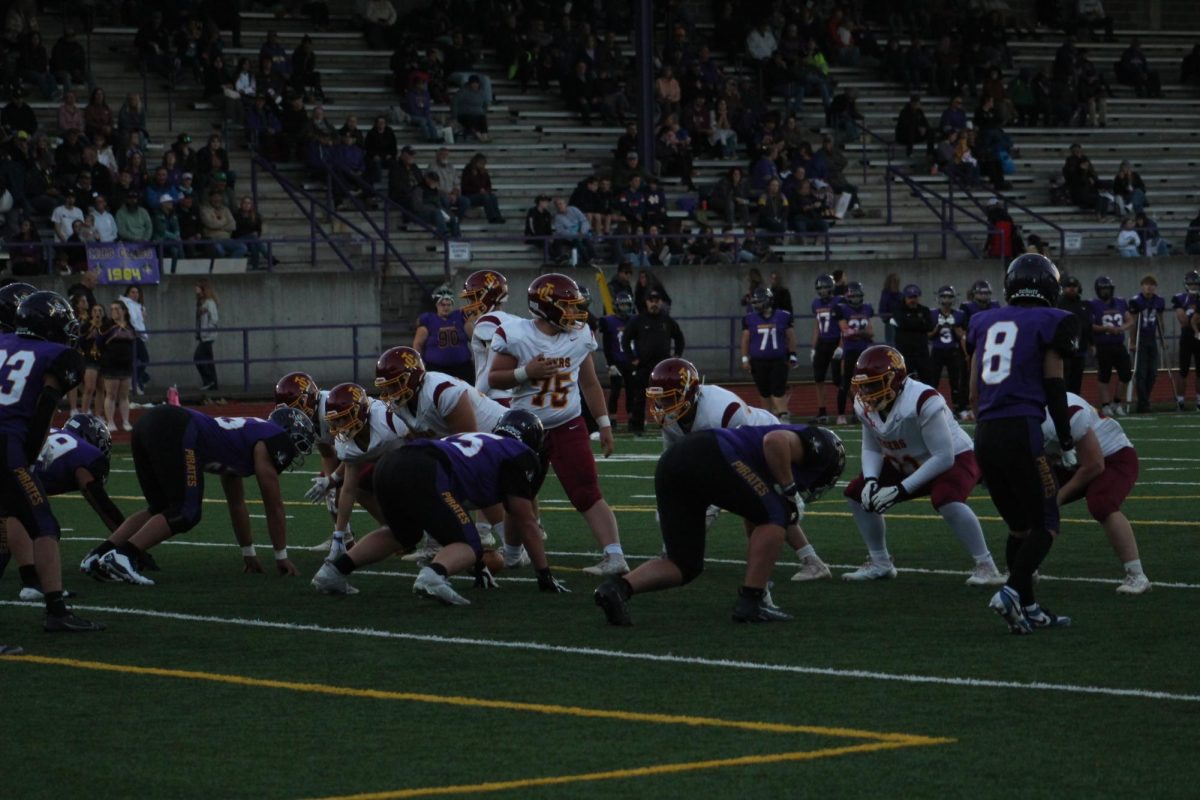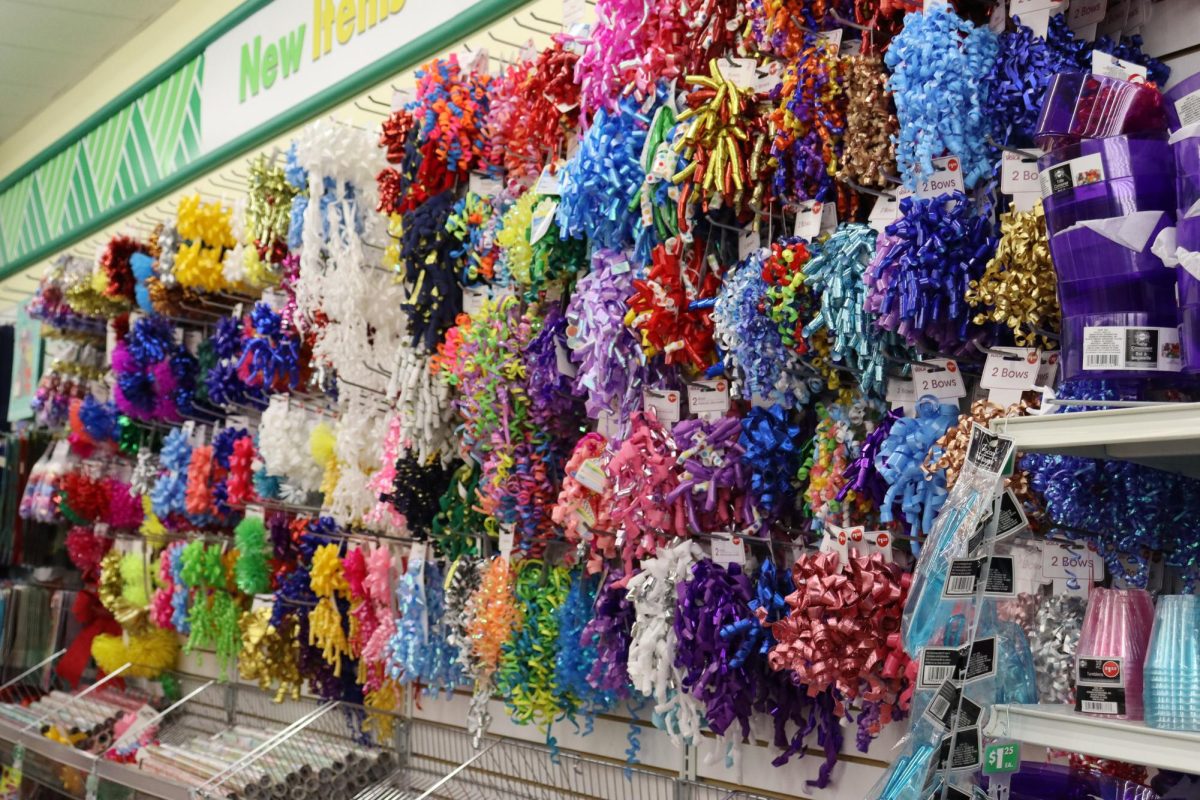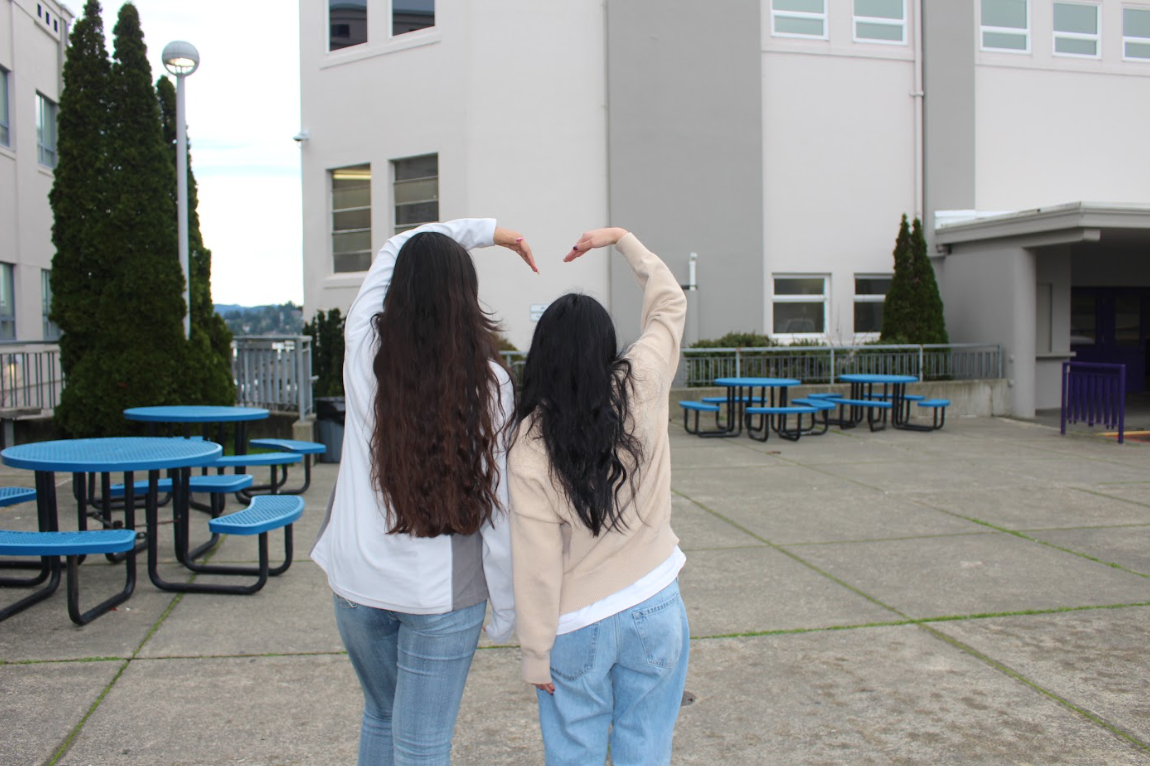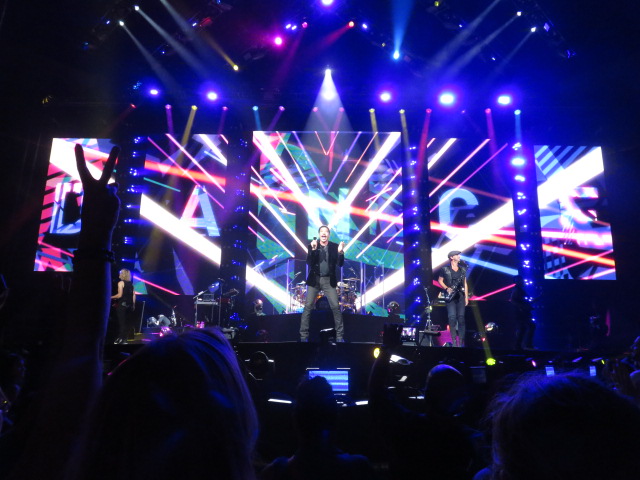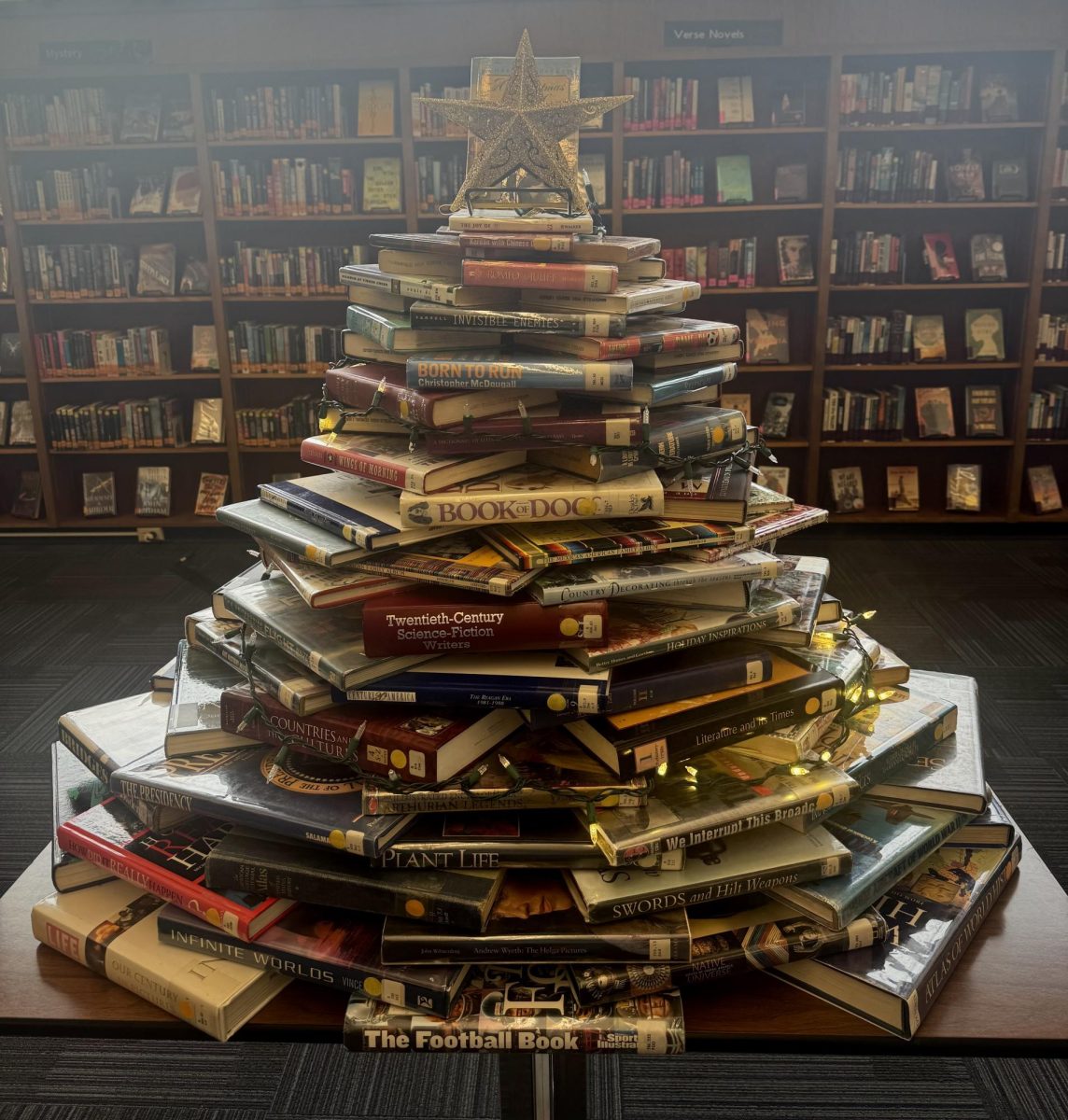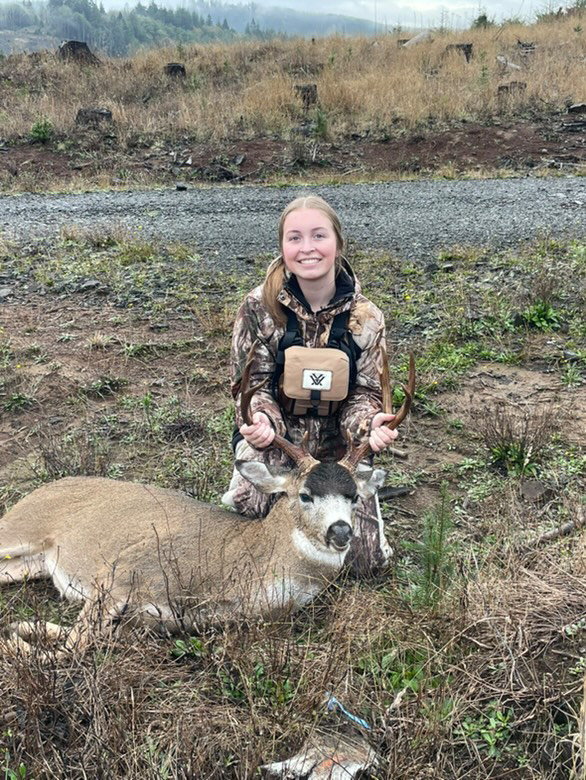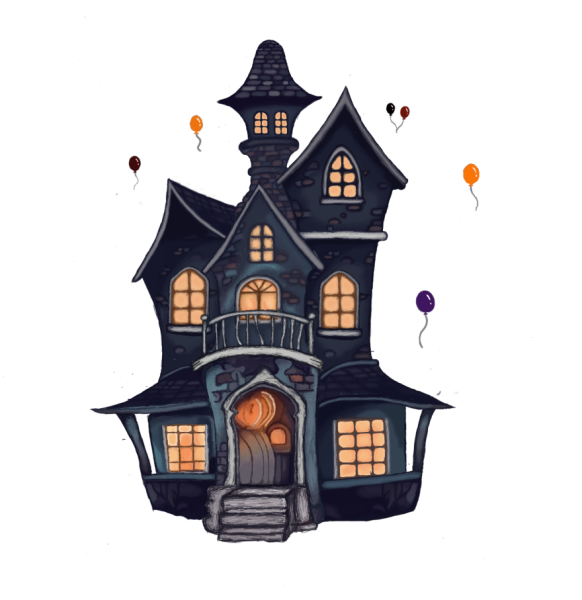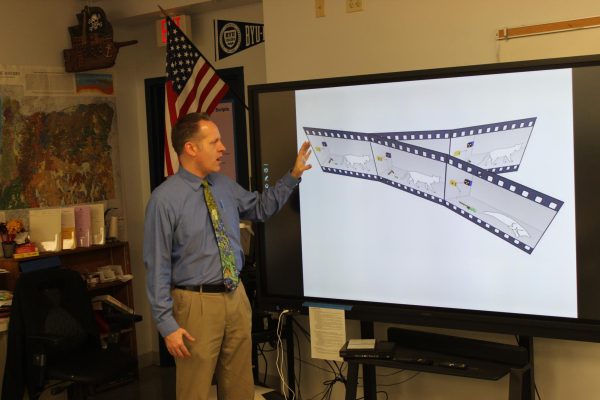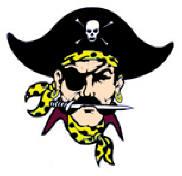Washed Ashore: Cleansing the ocean through art
The Washed Ashore nonprofit organization builds exhibits of powerful art to educate a global audience about plastic pollution in the ocean. But instead of using a painting palette and canvas, Washed Ashore uses garbage from the ocean and waterways to create colorful sculptures that represent the sea. Their goal is to spark positive changes in consumer habits.
Washed Ashore needs the community’s help collecting trash from the beach, cleaning it, sorting it, and then building the sculptures as they are planned by the artists. Washed Ashore currently has two locations where they create this art, one in Bandon and one in Coos Bay. The main gallery, where they invite visitors and sort loads of plastic, is located in downtown Bandon, Ore. There is a new purpose-built discovery center located in Coos Bay at 1584 N Seventh Street.
It takes about 500 years for a plastic water bottle to biodegrade,a plastic bag 400 years,a toothbrush 500 years,a drinking straw 200 years,a plastic cup 100 years, and plastic cutlery about 400 years. Plastic waste will stay on the Earth longer than humans will and Washed Ashore is trying to put a dent in the massive large plastic waste issue.
“The past three or four years that river systems are really a key way pollution gets into the ocean,“ said Brad Parks, Washed Ashore’s Conservation and Education Director.
There are steps that the community can take to reduce the amount of plastic littering the oceans and waterways. Some of these include avoiding single-use plastics and making sure all waste gets put in the correct recycling bins.
For this particular nonprofit organization there are two ways to be a part of their work. The first way is to visit Old Town Bandon, where the original gallery was built and the organization was founded. Tours, both guided and individual, take place when they are open which allows guests to admire and learn about the art that is permanently stationed there. There is also a map showing where the art is stationed throughout the U.S., some even with the Smithsonian Institution.
Washed Ashore in Bandon and Coos Bay accepts volunteer help on Saturdays, 1-4 p.m. There is even an open workshop where people can come in and help on sculptures in progress.
“There are local opportunities to learn more and talk to our staff and see sculptures up close and help contribute to sculptures in the making,” said Parks.
The sculptures are designed by many Washed Ashore artists from the organization. They are on display throughout downtown Bandon, with several pieces at the Old Town Marketplace Bandon Farmers Market in the Port of Bandon. Many pieces are commissioned for zoos and aquariums, or projects that focus on marine conservation.
“We’ll use an animal that is in a lot of trouble and make a sculpture about it so we can present the problem to the world,” said Artistic Director Leah Ruby.
Washed Ashore only uses plastic they collect, they also use metal which are used to construct a series of panels, and placed on a welded armature. The process of creating sculptures can take up to a year to make and a lot of hard work and dedication. Witness the story behind each piece and learn about what conserving the ocean really means.
Tips to reduce plastic waste:
1,) Avoid single-use plastics such as drinking straws.
2.) If you go shopping, remember to take a cloth bag.
3.) Recycle chewing gum–yes it is also made of plastic!
4.) Replace plastic Tupperware for glass or steel containers.
5.) Pay attention and put your plastic waste in the correct recycling container.
6.) Choose to re-use and give some of the packaging a new purpose.
Your donation will support the student journalists of Marshfield High School. Your contribution will allow us to purchase equipment and cover our annual website hosting costs.
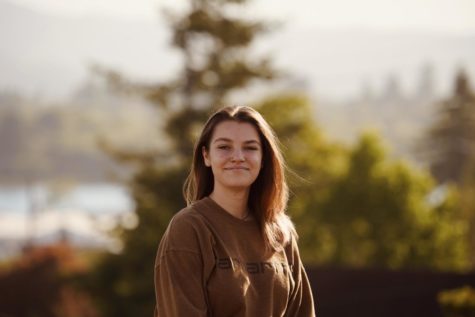
Senior, Jade Bossen is in her second year of being a staff member of the Marshfield times in the year 22- 23. She enjoys having something to occupy her...
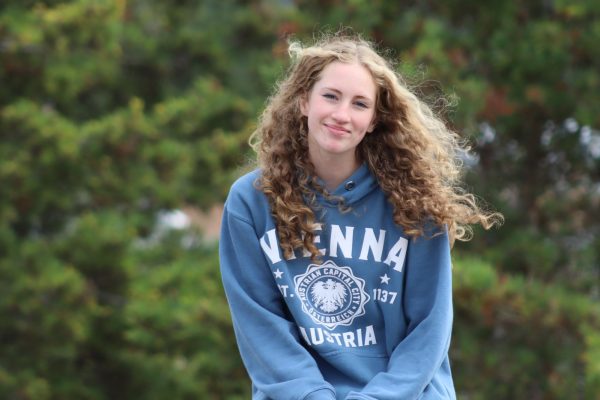
Senior Reanna Mathias is a fourth year member of The Marshfield Times, this year taking the position of Page and Photo editor. After she graduates she...
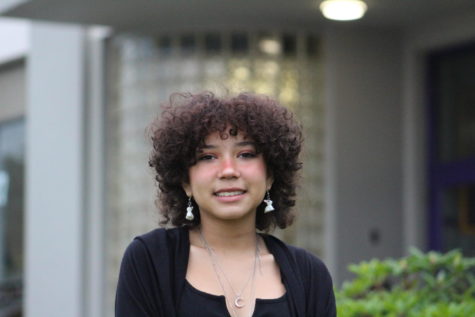
Keara Guyton is a sophomore, this is her first year in journalism. She enjoys baking, painting, crocheting, and drawing in her free time. She really enjoys...

